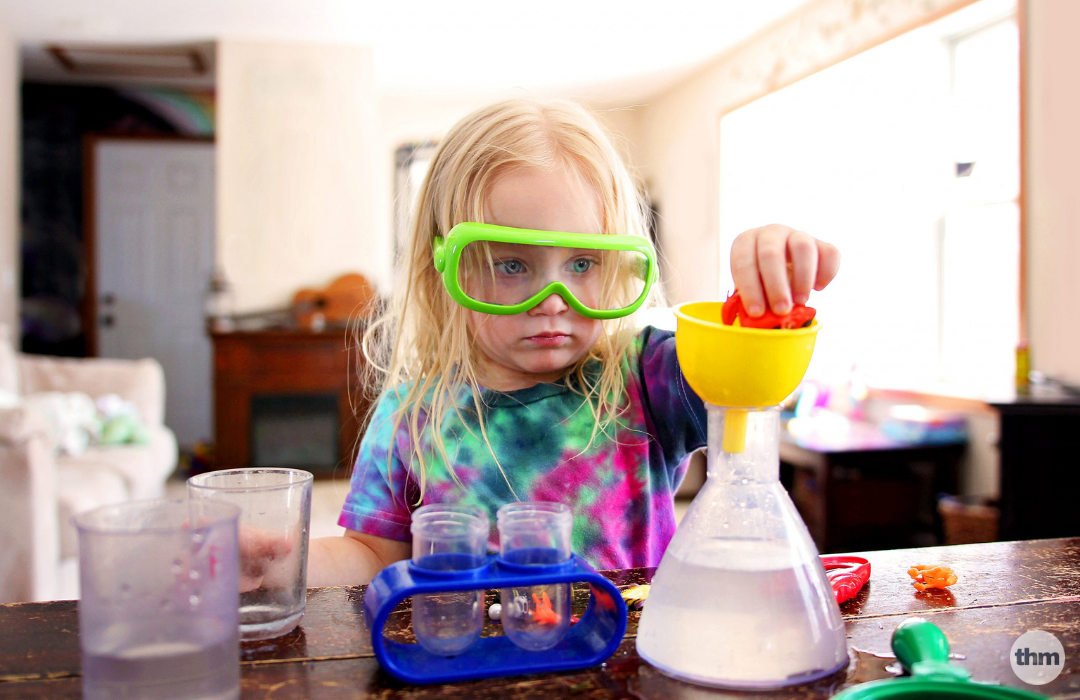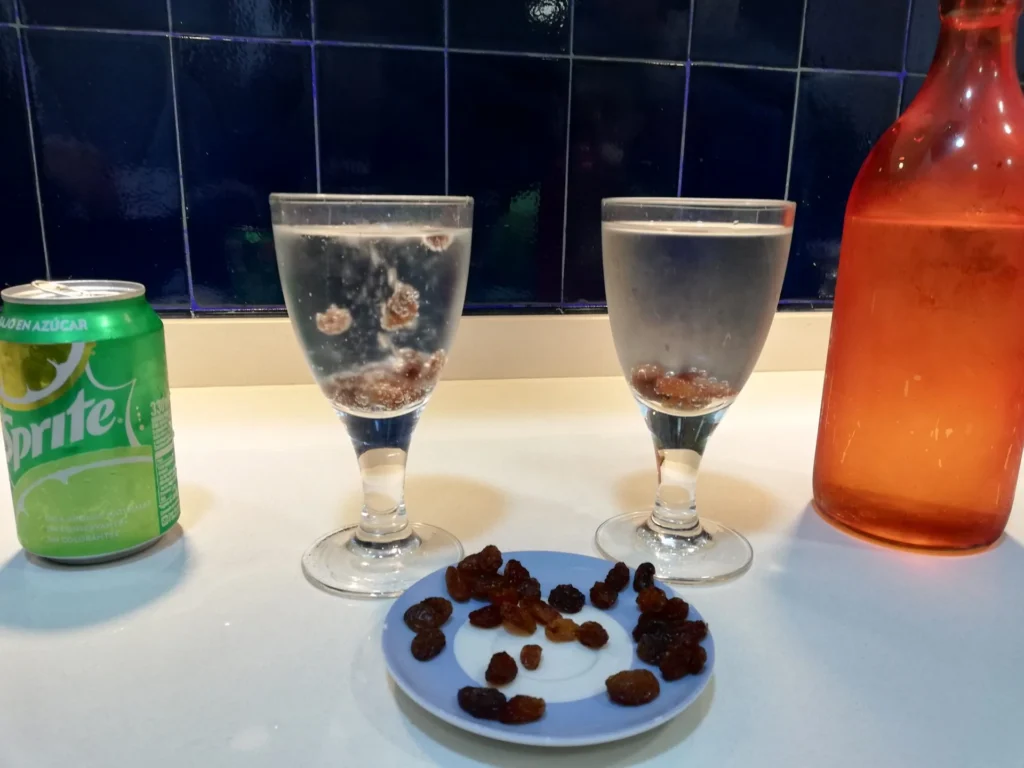
Easy Science Experiments for Kids
This page contains affiliate links for which we may be compensated
Last updated: July, 2024
Fostering your child’s curiosity and love for learning is a rewarding journey. One fantastic way to ignite their passion for science is through engaging and straightforward science experiments. These hands-on activities not only entertain but also educate, making learning a fun-filled adventure for your little ones. Let’s explore some easy science experiments that will captivate your child’s imagination and leave them craving more knowledge.
For a similar article you can check out our fun arts and crafts post.
Rainbow in a Jar
Materials:
- Honey
- Dish soap
- Water
- Vegetable oil
- Rubbing alcohol
- Food coloring (assorted colors)
- Small transparent jar
Instructions:
- Fill the jar one-third full with honey.
- Add an equal amount of dish soap.
- Gently pour water into the jar, followed by vegetable oil.
- Carefully add rubbing alcohol to the mix.
- Drop different food coloring into the layers.
Watch in amazement as the colors form distinct layers due to varying densities. This experiment not only introduces the concept of density but also creates a stunning visual display.

Dancing Raisins
Materials:
- Clear carbonated drink (soda or sparkling water)
- Raisins
Instructions:
- Pour the carbonated drink into a transparent glass.
- Drop a few raisins into the glass.
Observe as the raisins mysteriously dance up and down in the fizzy liquid. This experiment showcases the release of carbon dioxide bubbles, introducing kids to the basic principles of gas and liquid interactions.

DIY Lava Lamp
Materials:
- Clear plastic bottle
- Water
- Vegetable oil
- Alka-Seltzer tablets
- Food coloring
Instructions:
- Fill the bottle one-third full with water.
- Add vegetable oil until the bottle is almost full.
- Drop in a few drops of food coloring.
- Break an Alka-Seltzer tablet into small pieces and add them to the bottle.
Observe as the colorful bubbles rise and fall, creating a mesmerizing lava lamp effect. This experiment introduces children to the concept of chemical reactions and the interaction between water and oil.

Invisible Ink
Materials:
- Lemon
- Water
- Cotton swab
- White paper
- Lamp or heat source
Instructions:
- Squeeze lemon juice into a small bowl and add an equal amount of water.
- Dip the cotton swab into the mixture and use it to write a message on the white paper.
- Allow the paper to dry.
When you’re ready to reveal the secret message, gently heat the paper near a lamp or light bulb. The acid in the lemon juice will react to the heat, making the message visible. This experiment introduces kids to the fun world of acids and bases.
Static Electricity Butterfly
Materials:
- Balloon
- Small piece of tissue paper
- String
Instructions:
- Blow up the balloon and tie it.
- Cut out a small butterfly shape from the tissue paper.
- Attach the butterfly to a string and then to the balloon.
Rub the balloon against your hair or clothing to create static electricity. Watch as the butterfly sticks to the balloon and flutters around. This experiment introduces kids to the concept of static electricity.
Baking Soda Volcano
Materials:
- Small plastic bottle
- Modeling clay or playdough
- Baking soda
- Dish soap
- Vinegar
- Red food coloring
- Funnel
- Tray or newspaper for easy cleanup
Instructions:
- Create the Volcano Structure:
- Use modeling clay or playdough to shape a volcano around the small plastic bottle, leaving the top open.
- Build slopes and craters to make it look like a miniature mountain.
- Prepare the Eruption Mixture:
- In the plastic bottle, combine a tablespoon of baking soda with a few drops of dish soap.
- Add a drop or two of red food coloring for a realistic lava effect.
- Get Ready for Eruption:
- Place the bottle with the baking soda mixture inside the volcano structure.
- Make It Erupt:
- When ready for the eruption, pour vinegar into the bottle using a funnel.
Watch in amazement as the chemical reaction between the baking soda and vinegar causes a foamy eruption resembling molten lava spewing from the volcano. This classic experiment is not only visually exciting but also introduces children to the concepts of chemical reactions and gas formation.

Conclusion:
These easy science experiments are not only entertaining but also educational, providing a hands-on approach to learning fundamental scientific concepts. As a parent, enjoy the excitement in your child’s eyes as they discover the wonders of science through these simple yet captivating activities. By fostering a love for exploration and discovery, you’re laying the foundation for a future scientist in the making.